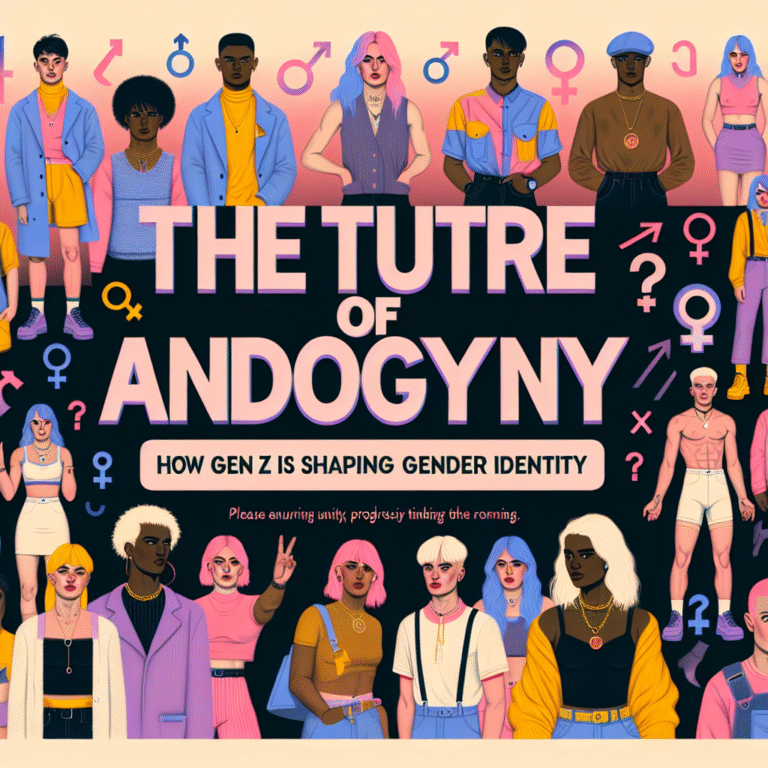
Introduction
In today’s world, the fight for gender equality in the workplace has never been more critical. Despite progress in many areas, women still face significant challenges in male-dominated industries, where the barriers to advancement often seem insurmountable. The term "glass ceiling" symbolizes these invisible barriers that prevent women from reaching senior positions of power and influence. So how can women break through these barriers? In this article, we will explore practical strategies for shattering the glass ceiling and empowering women to thrive in workplaces traditionally dominated by men.
The Significance of Shattering the Glass Ceiling
Understanding the Glass Ceiling
The glass ceiling is more than a metaphor; it’s a relevant social concept representing the uphill battle women face in achieving leadership roles. Very often, systemic biases and entrenched stereotypes keep competent women from advancing, resulting in a lack of representation at higher levels. Shattering the Glass Ceiling: How Women Can Break Through in Male-Dominated Industries requires a blend of personal initiative, organizational support, and cultural shifts within industries.
Statistics That Matter
- According to a 2020 McKinsey report, women are 25% less likely to be promoted to managerial roles compared to their male counterparts in corporate America.
- Only 7% of Fortune 500 companies have female CEOs, as reported by Catalyst in 2021.
- Research shows that organizations with gender-diverse leadership are 21% more likely to outperform their male-only counterparts.
These statistics underscore the urgency of addressing the glass ceiling present across various industries, making the quest for equity and representation critical not just for women but for organizations as a whole.
Key Strategies to Break the Ceiling
1. Cultivating Confidence and Self-Advocacy
Case Study: Reshma Saujani and Girls Who Code
Reshma Saujani founded Girls Who Code to combat the gender gap in tech. Her advocacy emphasizes that women must be prepared to advocate for themselves and embrace imperfection. By nurturing self-confidence and speaking up about achievements, women can challenge misconceptions about their capabilities.
Analysis: Reshma’s journey illustrates how self-advocacy transforms female narratives in industries where they are traditionally underrepresented. Women must learn to assert their worth and contributions confidently.
2. Building Networks and Mentorship
Statistics Highlighting the Importance of Networking
According to the American Society of Training and Development, 70% of jobs are never publicly advertised but filled through networking. Additionally, a survey by LeanIn.org found that women with mentors are 90% more likely to achieve leadership positions.
Case Study: The 30% Club
The 30% Club aims to increase female representation on corporate boards. It fosters mentorship and networking opportunities for women across various sectors.
Analysis: Initiatives like the 30% Club reinforce that building networks creates pathways to leadership. Women must actively seek mentors who can guide and advocate for them in male-dominated spaces.
3. Embracing Education and Skill Development
The Value of Continuous Learning
In rapidly evolving industries, acquiring new skills can help women stay competitive. Programs targeted at improving technological skills, leadership abilities, and negotiation tactics can provide significant advantages.
Case Study: Mary Barra at General Motors
Mary Barra became the first female CEO of a major global automaker and credits her success to continuous learning and mentorship. Despite her challenges, she dedicated herself to understanding every aspect of the automotive industry.
Analysis: Barra exemplifies how education fuels career advancement. Women must identify and pursue educational opportunities that align with their goals in male-dominated industries.
4. Challenging Gender Norms and Stereotypes
The Impact of Stereotypes
Gender biases often manifest in stereotypes that suggest women are less competent or too emotional to lead. Women must challenge these perceptions by actively showcasing their skills and emotional intelligence as assets in leadership.
Case Study: Indra Nooyi at PepsiCo
Indra Nooyi, former CEO of PepsiCo, often spoke about the need to overcome gender stereotypes. She demonstrated that women can blend assertiveness with empathy, paving the way for more inclusive leadership.
Analysis: Nooyi’s tenure highlights the importance of challenging stereotypes. By defying conventional gender roles, women can redefine what leadership looks like in male-dominated fields.
5. Promoting Diversity and Inclusion Policies
Advocating for Organizational Change
Companies must establish diversity and inclusion policies that promote equal opportunities for women. Organizations can implement training programs to reduce bias and ensure equitable hiring and promotion practices.
Case Study: Salesforce’s Equality Initiatives
Salesforce launched critical initiatives aimed at closing the gender pay gap within its organization. Their commitment to equal pay and diversity resulted in significant advancements for women in leadership roles.
Analysis: Salesforce exemplifies successful organizational transformation toward equitable practices. Women benefit when companies prioritize sustainable diversity and inclusion initiatives.
6. Creating a Supportive Culture
The Role of Allyship
Men as allies play a crucial role in breaking the glass ceiling. Encouraging male colleagues to become advocates for their female peers can create a more supportive environment.
Case Study: Unilever’s Men as Allies Program
Unilever launched a program aiming to engage men in discussions about gender biases, leading to greater support for women in leadership roles.
Analysis: Unilever’s program showcases how creating a supportive culture can transform workplace dynamics. Women can thrive when allied with supportive colleagues willing to confront systemic biases.
7. Mastering Work-Life Balance
The Struggle for Balance
One of the most significant challenges for women in male-dominated industries is managing work-life balance amidst career demands. Companies that offer flexible working arrangements tend to see improved employee satisfaction.
Statistics on Work-Life Balance
- A Deloitte study revealed that 91% of women consider work-life balance as crucial for career decisions.
- Research has demonstrated that organizations with family-friendly policies score higher on employee morale and retention.
Case Study: Google’s Work-Life Policies
Google incorporates extensive family and childcare policies, which have helped the company retain top female talent while fostering career growth.
Analysis: Google’s practices highlight the importance of accommodating work-life balance for women. Organizations must create cultures where women do not have to sacrifice personal well-being for career advancement.
Conclusion
Shattering the glass ceiling is not merely a personal pursuit; it’s a collective endeavor that involves systemic transformation within industries. By cultivating self-advocacy, building networks, embracing education, challenging stereotypes, promoting diversity, and creating supportive cultures, women can navigate the often turbulent waters of male-dominated workplaces.
As we champion the efforts to break through these barriers, remember that every small step toward equity can bring monumental changes. Together, we can pave the way for future generations of women leaders to thrive and contribute to a more inclusive and equitable world.
FAQs
1. What is the glass ceiling?
The glass ceiling refers to the invisible barriers that prevent women and minorities from achieving leadership positions, regardless of their qualifications or achievements.
2. How can women start advocating for themselves?
Women can advocate for themselves by speaking confidently about their accomplishments, seeking mentorship, and establishing a network of supportive colleagues.
3. Why is networking important for women in male-dominated fields?
Networking is crucial as it opens doors to opportunities that may not be publicly advertised and provides access to mentors who can guide career advancement.
4. What role do organizations play in breaking the glass ceiling?
Organizations must implement diversity and inclusion policies, offer support for work-life balance, and create a culture of mentorship and allyship to facilitate women’s advancement.
5. How can women balance work and personal life effectively?
Women can master work-life balance by setting boundaries, prioritizing tasks, and seeking employers that provide flexible working conditions.
By harnessing these strategies and focusing on empowering women, we can forge ahead, ensuring that the glass ceiling becomes a thing of the past in every industry.
















